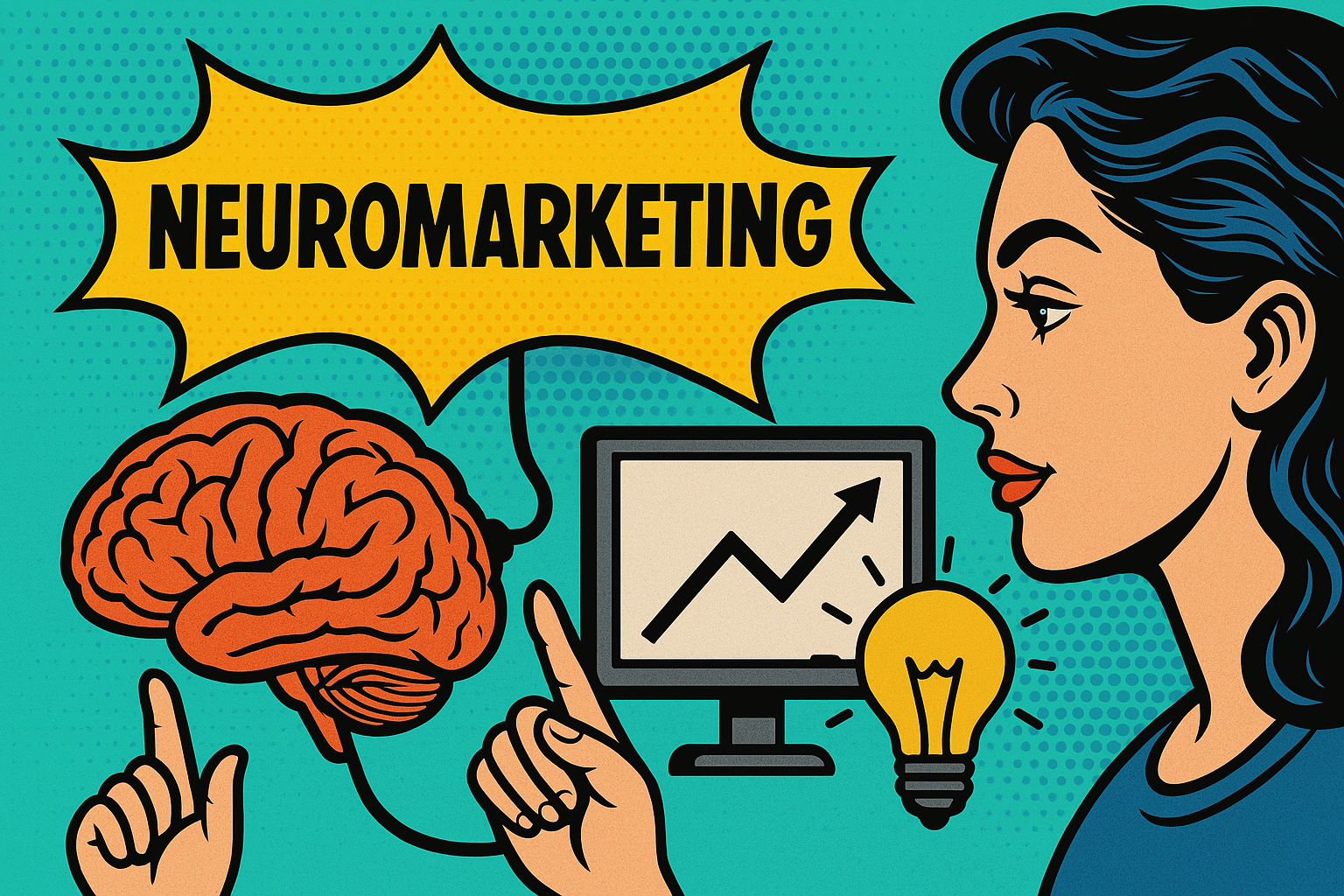

Design thinking, a robust approach centred around human needs, has become a valuable tool across various fields, from product development to business strategy. Design thinking has revolutionised our problem-solving approaches, with its origins rooted in pursuing innovation and addressing complex challenges. Let us embark on a journey to delve into its beginnings and understand how it has transformed creativity and innovation.
The foundations of design thinking can be traced back to the mid-20th century when visionary designers such as Buckminster Fuller and Charles Eames sought to merge creative thinking with problem-solving. However, it was in the 1990s that the term gained prominence, mainly due to the influential work of design consultancy firm IDEO and its founder, David Kelley. IDEO’s approach emphasised the importance of empathy towards users, experimentation with ideas, and the iterative process, which became the bedrock of design thinking.
At its core, design thinking revolves around several fundamental principles:
Design thinking follows a structured process that guides the journey from problem identification to solution implementation. While variations exist, a commonly accepted framework includes the following stages:
Design thinking has had a significant impact across diverse industries and sectors:
Design thinking has come a long way since its inception, evolving into a robust methodology for solving complex problems and driving innovation. Its emphasis on empathy, collaboration, and iterative experimentation has made it a practical approach in various domains. As we progress, design thinking will continue to shape our world, enabling us to tackle challenges with creativity, empathy, and a relentless pursuit of better solutions.
Design thinking, a robust approach centred around human needs, has become a valuable tool across various fields, from product development to business strategy. Design thinking has revolutionised our problem-solving approaches, with its origins rooted in pursuing innovation and addressing complex challenges. Let us embark on a journey to delve into its beginnings and understand how it has transformed creativity and innovation.
The foundations of design thinking can be traced back to the mid-20th century when visionary designers such as Buckminster Fuller and Charles Eames sought to merge creative thinking with problem-solving. However, it was in the 1990s that the term gained prominence, mainly due to the influential work of design consultancy firm IDEO and its founder, David Kelley. IDEO’s approach emphasised the importance of empathy towards users, experimentation with ideas, and the iterative process, which became the bedrock of design thinking.
At its core, design thinking revolves around several fundamental principles:
Design thinking follows a structured process that guides the journey from problem identification to solution implementation. While variations exist, a commonly accepted framework includes the following stages:
Design thinking has had a significant impact across diverse industries and sectors:
Design thinking has come a long way since its inception, evolving into a robust methodology for solving complex problems and driving innovation. Its emphasis on empathy, collaboration, and iterative experimentation has made it a practical approach in various domains. As we progress, design thinking will continue to shape our world, enabling us to tackle challenges with creativity, empathy, and a relentless pursuit of better solutions.


